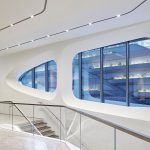
520 WEST 28TH STREET



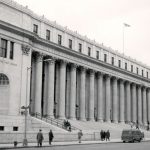
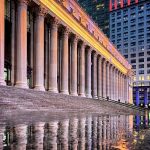
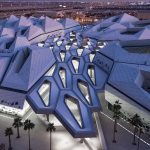
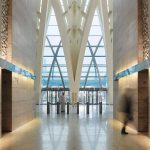
Standing 412 m (135’) high, the Al Hamra Firdous Tower is the tallest skyscraper in Kuwait City and the world’s highest sculpted building. Carefully configured interior and exterior lighting emphasizes the structure’s unique architectural identity. Lighting enhances its landmark presence as a dramatic focal point, visible throughout the city and from the Arabian Gulf.
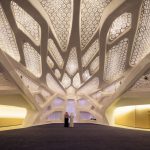
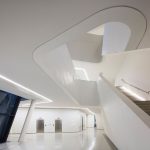
Situated in Riyadh, the King Abdullah Petroleum Studies and Research Center (KAPSARC) is a global center for international energy analysis, environmental research and policy studies. The overall site exceeds 500,000 m2 (5,000,000 ft2) and consists of multiple buildings including a research center, conference center, musalla (prayer room), IT center and research library. The complex also includes shaded outdoor spaces, courtyards, gardens and open atria woven together by an open-air central plaza, known as the Place of Icon.
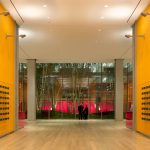
Acclaimed as the most significant addition to the Manhattan skyline in decades, The New York Times Building is located in the heart of the Times Square District — named after the newspaper’s 1904 headquarters in the neighborhood. The iconic area has become identified with colorful signage, displays, and illuminated advertisements.

Acclaimed as the most significant addition to the Manhattan skyline in decades, The New York Times Building is located in the heart of the Times Square District — named after the newspaper’s 1904 headquarters in the neighborhood. The iconic area has become identified with colorful signage, displays, and illuminated advertisements.